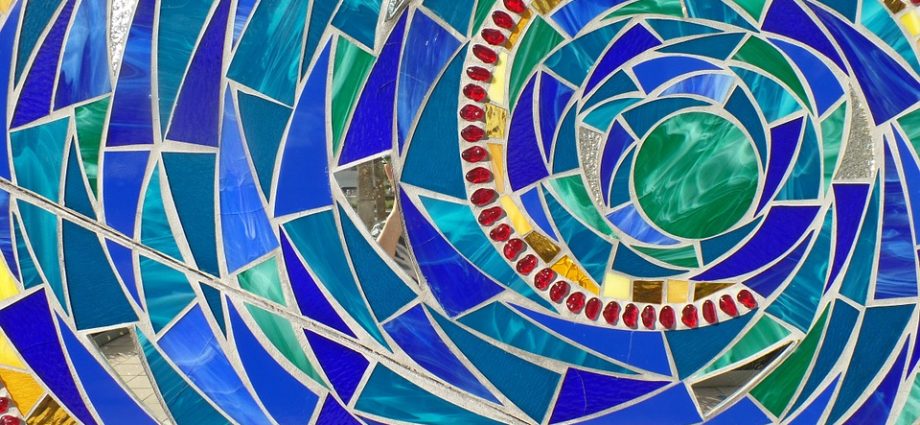(astronomy) A shooting star or meteor observed as originating from the constellation Lyra, and belonging to the meteor shower seen each April. noun.
Where is the Lyrid Meteor Shower 2021?
Where to look. The radiant — the point from which the meteors appear to originate — will be high in the evening sky in the constellation Lyra to the northeast of Vega, one of the brightest stars visible in the night sky this time of year.
How can I see Lyrid meteor shower?
So, how can I see them? Basically, look up at the sky from about midnight through the pre-dawn hours. This year the shower is expected to peak around April 22. Astronomers recommend giving your eyes about 30 minutes to adjust to the night sky (it might be tough, but remember not to look at your phone in this time).
What time should I watch the Lyrid meteor shower?
By April, after the months of meteor drought, many meteor-watchers are itching to get going! So – though they produce only 10 to 15 meteors per hour at their peak – the Lyrids are always welcome. No matter where you are on Earth, the best time to watch is typically between midnight and dawn.
Where in the sky are the lyrids?
Lyrid meteors appear to emanate from a point in the sky within the Lyra constellation, which is known as the radiant (more info above). Locate the radiant – the constellation of Lyra – and look away from it rather than directly at it.
What time is the Lyrid Meteor Shower 2021?
In 2021, we expect peak viewing in the dark hour before dawn April 22. The best time to watch may be the hour or two between moonset and dawn. The Lyrid meteor shower – April’s shooting stars – lasts from about April 16 to 25. About 10 to 15 meteors per hour can be expected around the shower’s peak, in a dark sky.
What direction do I look to see the meteor shower?
Look In the Right Direction
For the best view of the Leonids, for example, you should face east. But for the Perseids, you should face northeast. Generally, you’ll want to look slightly away from the star constellation that the meteor is named after — so for Geminids, slightly away from Gemini.
Is meteor shower visible in India?
The Perseid meteor shower will be clearly visible in the Northern Hemisphere but to only those who watch it from dark places away from city’s lights. Skygazers in India can also watch it only if the weather is clear.
Is the next meteor shower?
The Perseids are the most popular meteor shower as they peak on warm August nights as seen from the northern hemisphere. The Perseids are active from July 14 to September 1. … Next Peak – The Perseids will next peak on the Aug 11-12, 2022 night.
What does Lucrid mean?
adjective. gruesome; horrible; revolting: the lurid details of an accident. glaringly vivid or sensational; shocking: the lurid tales of pulp magazines.
What hemisphere is Lyrid meteor shower in?
The Lyrids, which are best seen from the Northern Hemisphere, have been observed for 2,700 years, according to NASA. During its peak, this shower will feature about 10 meteors per hour.
What time is the Leonid meteor shower?
Leonids. When can it be observed?: 11:30 p.m. until 5:00 a.m. Approximate peak hour: 4:00-5:00 a.m. Expected dark sky rate: 18 meteors per hour.
How do you photograph a meteor shower?
- Research the optimum date for the meteor shower you want to photograph.
- Start with an aperture of f/2.8.
- Use a shutter speed of 20 seconds.
- ISO 4000 as a beginning point.
- White balance 4000° Kelvin.
- Use a wide-angle lens.
- Make a separate exposure of the foreground landscape with a long exposure.
- Turn off the Autofocus.
Where can you see shooting stars?
Best places in Southern California to see the Perseid meteor…
- Joshua Tree National Park. …
- Joshua Tree National Park. …
- Red Rock Canyon State Park. …
- Anza Borrego Desert State Park. …
- Red Rock Canyon State Park. …
- Kennedy Meadows. …
- Yosemite National Park. …
- Yosemite National Park.
When can you see the Geminid meteor shower?
The Geminid meteor shower – always a highlight of the meteor year – is expected to peak in 2020 on the night of December 13-14 (Sunday evening until dawn Monday). This year’s shower should be grand!
Where is Perseus in the sky?
Perseus is the 24th largest constellation in the sky, occupying an area of 615 square degrees. It is located in the first quadrant of the northern hemisphere (NQ1) and can be seen at latitudes between +90° and -35°.
What time does Lyra rise?
The meteors seem to radiate from the constellation Lyra (the Harp). Look for the bright star Vega to easily spot it. In the Northern Hemisphere, Lyra will rise in the northeast between 9-10 pm.
How do you get Vega star?
If you’re in the Northern Hemisphere, you’ll find beautiful, bluish Vega easily, simply by looking northeastward at mid-evening in May. Vega is so bright that you can see it on a moonlit night. From far south in the Southern Hemisphere, you can’t see Vega until late at night in May.
What part of the sky is the meteor shower?
The radiant point for the Perseid meteor shower is in the constellation Perseus. But you don’t have to find a shower’s radiant point to see meteors.
Where is the Northern Hemisphere?
The Northern Hemisphere contains North America, the northern part of South America, Europe, the northern two-thirds of Africa, and most of Asia. The Southern Hemisphere contains most of South America, one-third of Africa, Australia, Antarctica, and some Asian islands.

